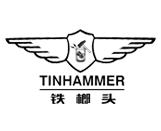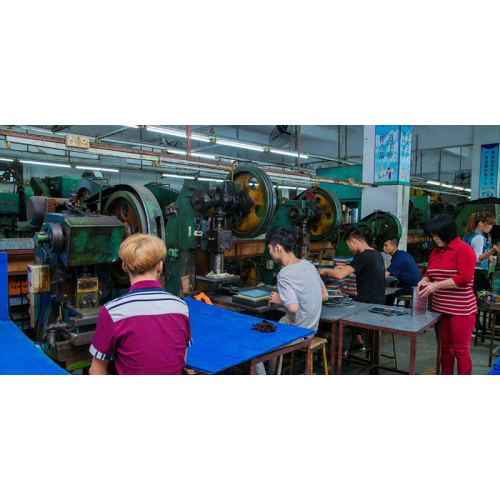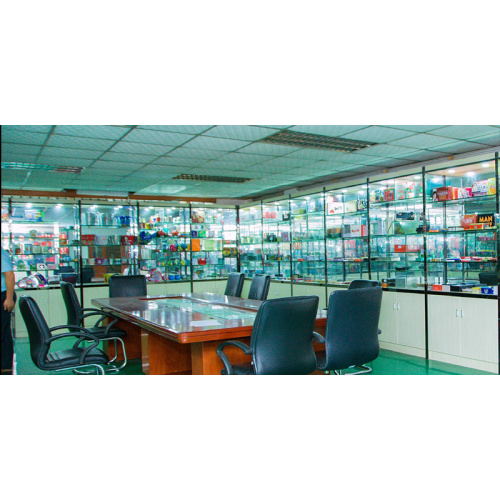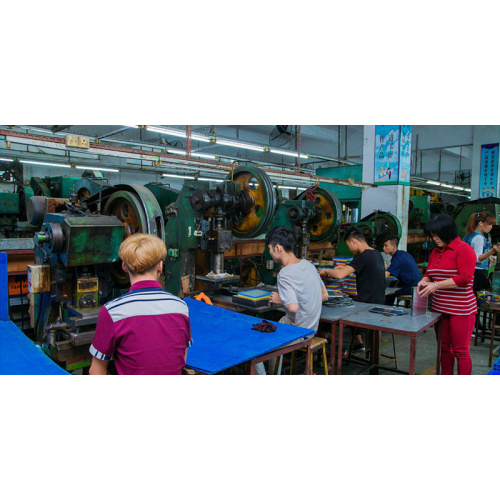Today, the metal packaging seems to be two-piece cans, three-piece cans, cylindrical barrels, mostly cylindrical. With the rapid economic development, metal packaging must also develop and innovate.
For packers, there are three main factors to consider: cost, environment, and consumer demand. Of these three factors, the most obvious is cost. Efforts to reduce material costs are important for all forms of packaging, and reducing the cost of metals is even more important because it accounts for the largest share of total costs. In general, canning technology has almost no limitation on the performance of packaging. Both in the past and in the present, can makers and steel plate suppliers are trying their best to produce higher quality products and processing thinner and thinner metal packaging products. Constantly explore better materials, better shape the key parts of the metal packaging, and get better packaging performance. Therefore, in order to get a better development of metal packaging, only design innovations can be made, because it can get more innovative products, so that it is refreshing.
At present, the can ends of necked beverage cans on the market are relatively small, reducing materials and costs. Canned foods all over the world have also begun to emulate and narrow their margins.
The thinning of materials is one of the ways to reduce costs and has a good prospect for development. Europe has introduced the concept of thinning since the mid-1970s. When a 0.38mm thick metal can was used, the can body weighed 40g. By 1993, the material thickness and can body weight of the cans were reduced to 0.28mm and 29g respectively. By the mid 1990s, 0.22mm was used again. Steel also lost 21% of its weight. At present, the use of 0.16mm-0.2mm thin steel plate cans is very common. The weight of the thin-plate beverage cans was reduced by 43%, and the rate of change was very fast during the same period. At present, the thinning of metal packaging materials in China has also begun rapid development. Now in the domestic metal packaging industry, there have been a large number of 200L steel drums produced using 0.6mm steel plates. With the continuous renewal of manufacturing technology and equipment, not only the thinning of materials has been realized, but also the quality and production efficiency have been continuously improved.
Today, the innovative lightweight can body is represented by the award-winning “flexible can” of British Karis, which was developed in the Netherlands by the company. The can body has a reinforced flange and the can body is thinner. Make food cans more flexible when cooked at high temperatures. The flexibility means that the pressure difference in the tank wall is smaller, so the can body can use a relatively thin (about 0.18mm) material. This package is a true lightweight can, and its weight is 15% lighter than current metals.
In the European Packaging Competition in recent years, the best prized metal can is such a metal can, which uses an easy-open lid and an ordinary steel substrate with a thickness of 0.17 mm and is coated with a polymer coating on its surface. Packaging steel plate. The manufacturer believes that it is also possible to use tear-off caps, and it is not necessary to vent the can while cooking cans. This square tank takes up less than 20% of the space compared to the round package and has an axial load carrying capacity of 2 kN, which is completely within the performance range of conventional metal cans. And the four sides of the can body can print very high quality patterns.
In the area of spray cans, European light tinplate series two-piece cans emerged. This kind of pull-pull and stretch cans have the characteristics of thin cans and what kind of spray cans are open and seamless, which significantly reduces the proportion of metal used.
In the packaging industry where the market demand is increasing, the design of metal cans is various, which requires the packaging designers to constantly innovate to meet the different needs of consumers. The British company Carris introduced a new decorative steel plate to the market several years ago. This material consists of a chromium oxide plated steel plate and several layers of polymer coating film on the surface. It is currently used in Europe. This polymer spray material has several layers of composite films that can be metalized and printed with holographic labels. It has a protective layer that is conducive to printing. Since the entire process is carried out on a flat surface, this series of decorative steel panels is not suitable for stretching tanks, but is ideal for decorative containers, easy-open covers, twist-off caps, crown caps, composite tank end caps and three-piece cans s material. The surface of the material is bright and beautiful. Once it was introduced, it really impressed the tinplate container market. Because it has a beautiful relief pattern on the surface, it makes the hologram trademark truly three-dimensional. The development of holographic marks on metal cans is a development trend. At present, holographic marks have been made on aluminum beer cans in Australia and other countries. Experts believe that etching holographic marks directly on steel plates will become popular around the world in the near future. .
The British company, Freilette, is the most famous supplier of polymer-coated steel and its products have been on the market for several years. When the polymer film is cemented to the surface of the steel plate, the material must be melted and rapidly cooled, so that a very large adhesion force can be generated between the steel plate and the PP or PPT so as to produce good barrier properties, strong corrosion resistance, and attraction. Note the packaging. The most widely used at present is a brewing jar and a gel tank. There is also a new type of coating material that directly presses the resin onto the steel sheet and is currently being used for the production of food cans. At home and abroad, beverage cans and food cans are in highly competitive areas, including tin cans, aluminum cans, PET and glass containers.
We print metal cans, which are generally printed on cans only, but there has been a clear trend in the development of color printing on the can ends. Now there is a necking can on the market, which uses the eye-catching black easy-opening cover to allow a wider continuation of the design style. On the other hand, the development trend is that printed metal cans are not the only market for food and beverage cans, and they have also been fully expanded in the printing of other cans and cans, such as decorative paint series metal cans and metal barrels for construction materials. Cans and so on. Now, what merchants think about most is the packaging of such a product. Even if consumers spend a little more money, they can buy a package that can make the product unique on the shelf. For this, the decoration of metal cans is undoubtedly a fashion today.
There are also some new technological achievements in metal cans. These results have greatly expanded the use and function of metal cans. For example, a newly emerged ink can change color with changes in temperature. In the past, this type of ink was used only on canned labels, but it is now possible to print the thermometer directly onto the metal can. There is also a touch-sensitive ink that reacts with the underlying surface and causes the image to show physical changes. For example, it can be used to highlight changes in internal foods.
Providing convenience for consumers is a matter of merchandise for goods, and the metal packaging industry is no exception. As technology has progressed, it has become very easy to open the lid, and precision tools and materials have developed greatly. Therefore, metal cans must have convenient lid-opening tricks. We must know that this is a classic constraint because only consumers are the most The ability to identify groups.









